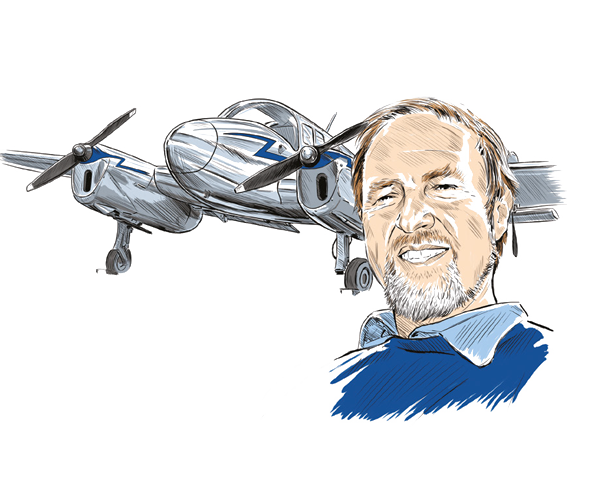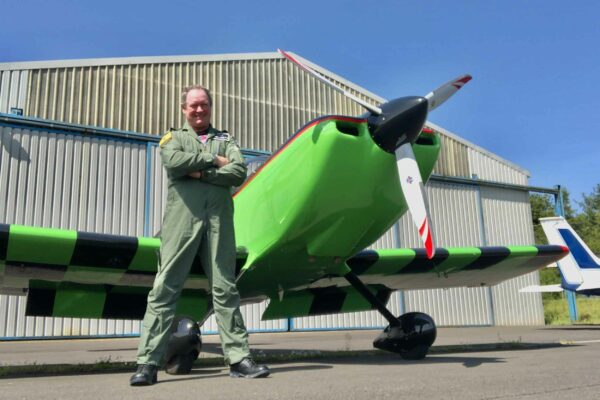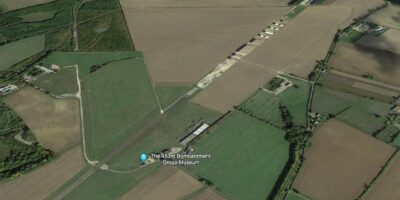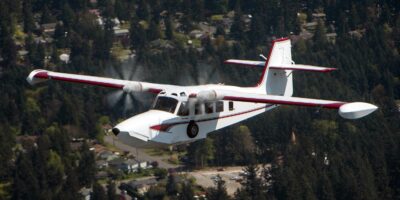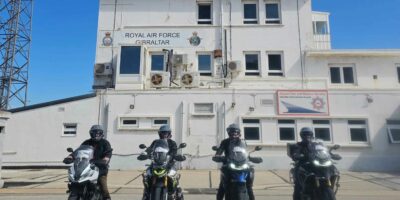I remember, back in the dim and distant when I was a fully paid-up member of the motoring press, sitting next to someone very near the top of – maybe VW, or Toyota – on a flight home from some sunny car launch location. “…you know, we are being given targets for things like emission levels,” he said, “…that we have absolutely no idea whether we can meet. Or even if it’s possible…” I remember saying “…but you will meet them, won’t you…” And of course they did.
“The Airbus ASCEND project aims to combine Superconductors and the use of liquid hydrogen”
The point I suppose is the same old, same old. If the will – and the finance – is there, chances are those guys will find a way to solve most things to do with transport. It’s whether they are compelled to, and if there’s a market for their products, which make it viable commercially.
The last mentioned details are what makes aviation a different case. The challenges of efficiency and fuel consumption are of considerable commercial interest to the airlines which operate turbofans, but I can’t find any legislation which puts a limit on emissions from commercial jet aircraft (or for the GA aeroplanes which we fly). There’s a desire to minimise running on the ground at major airports, and to route round noise-sensitive areas, but nothing to try and limit emissions as such, any more than there is for large ships. The combined emissions from 15 of the really big ships (150,000 tons/140,000hp, 1,600 gallons per hour/25kt), have been estimated to produce the same amount of pollutants as all the cars in the world.
Commercial aviation touches more of us though, so there is more awareness and will to tackle the problem. A recent press release from Airbus brings welcome news of a ‘major breakthrough in electric propulsion for long range aircraft’. The company’s ASCEND research project aims to combine superconductors and the use of liquid hydrogen, which I’m guessing powers a fuel cell. I’ve banged on about fuel cells before because, in theory, they seem like the answer to so many existing insoluble problems.
Discovered as long ago as the 1830s, the modern fuel cell is already in use for a wide range of applications like specialised transport, and power generation (and in some markets, the everyday car). It utilises a chemical reaction to produce electricity from a fuel source (usually hydrogen) and an oxidising agent (usually oxygen from the air) but making it practically usable is harder. Hydrogen is the lightest known element, so you need to compress it a lot (typically between 5-10,000psi) to create any usable resource, and there are problems with temperature control etc. All that said, if the same amount of effort had been put into that as it has into the reciprocating petrol engine, we’d all be using them. That didn’t happen because fossil fuel was relatively cheap and we’ve made it indispensable over the last 100 years.
The superconductor, essential to the Airbus project, isn’t new either. In 1911, Dutch physicist Heike Kamerlingh Onnes discovered that a wire’s electrical resistance vanished if you froze it to 4.2°Kelvin (-268.95°C), and that enabled transmission of very high currents. He also found that extreme cold generated strong magnetic fields (used today in Magnetic Resonance Imaging (MRI) technology) as well as particle accelerators for nuclear fusion. It won Onnes the Nobel prize in 1913. Hydrogen gas is about 90% less dense than air, but if you cool it to -253°C it turns liquid, which is much denser, such that 5kg of it can be stored in a 75 litre tank. It’s a method used to transport the gas for industrial use, and is the proposed fuel supply for the ASCEND project.
The temperature drop required to store the hydrogen will also be used to access a superconductor’s conductive advantage, and the magnetic field for a high power (500kW – or about 670hp) electric motor. The goal at the moment is to halve conductive losses and halve the weight of all propulsion components, while keeping voltage below the 500 volts typical in an electric car. It won’t be easy, but the team says they are intending to utilise ‘existing ground based technologies’. That is, stuff already known to work, but the benefits have yet to be combined for aviation use.
There was no mention of the ingenious MAHEPA HY-4 aircraft which featured two Pipistrel fuselages either side of a central wing and power pod and which flew successfully in 2016 and 2020, or of the US Navy’s Ion Tiger surveillance drone which set a world endurance record of 48 hours in 2013. Both used cryogenic technology to store liquid hydrogen and feed a fuel cell to power an electric motor, although to be fair to Airbus, these two didn’t feature any superconducting, which is key to the weight reduction and power density necessary for commercial flight. There were plenty of hints in the release that cryogenics, superconductors and hydrogen were the future of transport, which they probably should be.
They didn’t say it first though. That honour falls to author Jules Verne, writing in his 1874 book The Mysterious Island: My friends, water will one day be employed as fuel, that hydrogen and oxygen which constitute it, used singly or together, will furnish an inexhaustible source of heat and light, of an intensity of which coal is not capable.
Working vintage aircraft and cars make Mark particularly happy.
[email protected]


